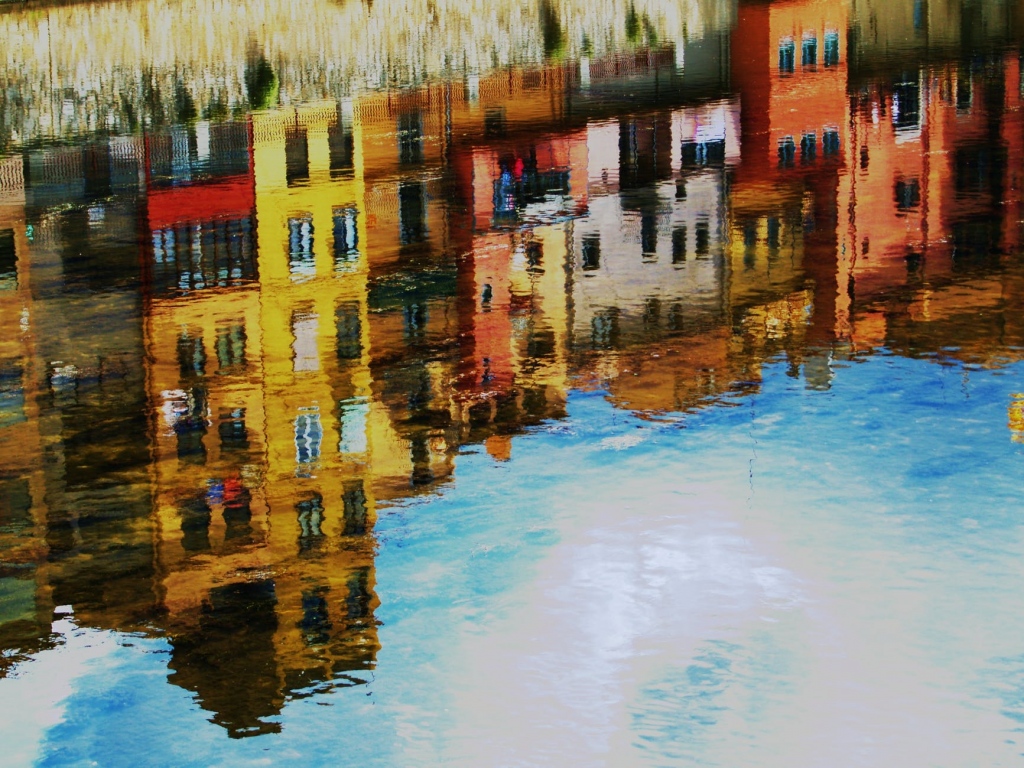Our brain is able to recognize a painting, its lines, shadows, shapes and colors immediately. Our brains also try to recognize faces in almost everything we see. This tendency is due to the fact that the brain is accustomed to seeking familiarity with objects from patterns or shapes, even when the information is incomplete. And should the message patterns not fit normal expectations; the message will be comprehended more forcibly by the receiving brain.
When we face an artistic production, our brain works to give form and meaning to the information that comes to us. That is, we have an innate ability to organize shapes and patterns in ways that make sense. Peter Clossick is a British painter and a fine artist who is widely regarded as a contemporary figurative artist who has been deeply influenced by post existential theory, connecting everyday experience and emotion with questions about meaning and psychological perception. Achieved through direct visual looking and combined abstracted use of visual language. In 1962, Clossick attended evening classes at Working Men’s College, and from 1966-1969, he studied shoe design at Leicester Polytechnic, now known as De Montfort University. After studying shoe design, Clossick started working as a freelance fashion shoe designer until he enrolled in Camberwell School of Arts in 1974 and acquired a BA degree in Fine Arts in 1978 and has been engaged in professional fine art practice since.
Regardless of this ability, we now also know that the effect of art on our brain is similar to what the loved one has to look at: it increases blood flow to the brain by up to 10%.
Incarnate Cognition
Another tendency that the brain has is to want to be located “inside” the picture. Mirror neurons convert the images in the picture into real emotions. That is embodied cognition.
The more the work is analyzed, the more our brain will be located, which will “translate” the message of the painting into human emotions. That is why the visualization of a desert landscape can produce a sensation of the sun touching the skin or even heat.
Brain Chemistry
In a series of pioneering brain-mapping experiments, Professor Semir Zeki, a neurobiologist at University College London, examined the brains of volunteers while looking at 28 images.
They discovered that the same part of the brain that is excited when you fall in love with someone is stimulated when you observe great works of art or images of great beauty. Seeing art triggers a sudden increase of the chemical to feel good, dopamine, in the orbitofrontal cortex of the brain, which produces feelings of intense pleasure. The same process that works on the artist brain when making a work.
It is known that dopamine and the orbitofrontal cortex are involved in desire and affection, which evoke pleasurable feelings in the brain. It is a powerful effect often associated with romantic love and sex and interesting that visual artists unknowingly, without using words, use this neurological part of the brain.
